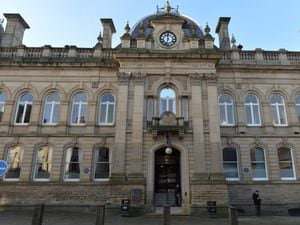Memorial to honour airmen killed in Second World War Lancaster bomber crash
A memorial for seven airmen killed in a plane crash during the last days of the Second World War will be erected at the scene.
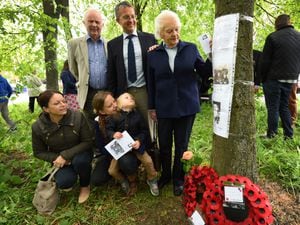
The monument, in memory of the men who died when an RAF Lancaster bomber crashed in a field near Lichfield Road in Wednesfield, will be unveiled by the son of one of the airmen on the 75th anniversary of the disaster on May 17.
The tribute will be the result of a long-running campaign by Ray Fellows of Wednesfield History Society.
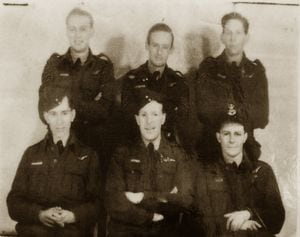
Pilot Bernard Hall, flight engineer Ronald James O’Donnell, navigator Reginald Henry Smith, air bomber Victor Francis Dobell Meade, wireless operator Gordon Leonard Rabbetts and air gunners Vincent Reginald Woodburn Southworth and John Alfred Sills all died in the crash that happened just nine days after VE Day.
Flying officer Meade’s son Barry will unveil the memorial at 5.15pm – the time of the crash – following a short service.
Mr Fellows said Bloxwich-based Hilton Main Construction had agreed to cover most of the £6,000 cost of the monument.
Four generations of the Meade family attended a memorial service to mark the 70th anniversary of the crash in 2015.
He was just 22 years old at the time of the crash.
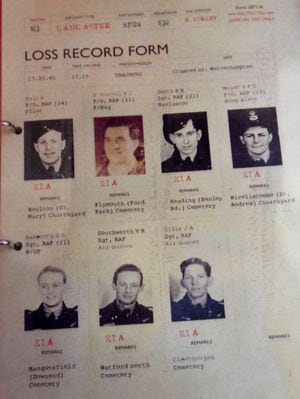
Mr Fellows added that following conversations with Barry Meade and experts at RAF Cosford, he has now been able to piece together the most accurate picture so far of the plane’s last moments.
“I have been in touch with Barry and he has given us information about the crash that has not been available before,” said Mr Fellows, who has been researching the crash since 1988.
Up until now there has been fierce debate among eye witnesses and historians about the precise route the plane took over Wednesfield as well as what exactly caused it to come down.
“We now believe the plane came over Wednesfield Park, did a loop towards New Invention, before heading back,” said Mr Fellows.
“The sister of one of the crew members said she had information that the rear gunner of the Lancaster was looking back at an engine on fire shortly before the crash.”
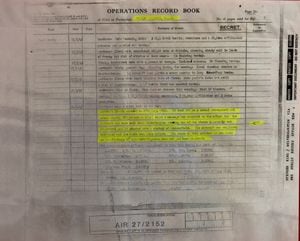
Express & Star van driver Joe Castree was one of the first on the scene.
He said he was handing a bundle of papers to a girl in Stubby Lane when he heard the plane flying very low.
“It passed right over me,” he said at the time.
“There seemed to be two explosions in the air before the crash.
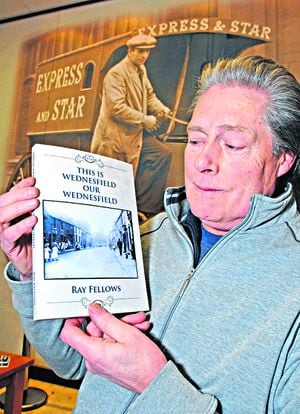
“I ran to the spot immediately, but it was impossible for me to do anything as there was just a lot of wreckage scattered over a wide area. and no signs of any of the crew.
"Bullets were exploding and flares were going off.”
The crash created a five-foot crater in the ground, and the men were buried at the scene, with a local church minister performing a simple funeral ceremony.
The men were later given memorials at cemeteries in their home towns.
They were serving with 630 Squadron operating out of East Kirkby, Lincolnshire, and the crash took place just nine days after Germany had surrendered and the war in Europe was officially over. The plane was on a routine training flight when it crashed to the ground and killed the crew on board.



